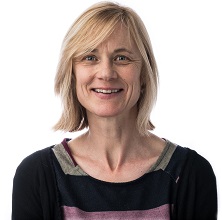
This past week has been very busy for me and my lay and academic colleagues in Engaged Research (Public Involvement).
Monday 20th was an exciting and quite momentous day, a culimination of months of collaborative work involving the MAGPIES (Modelling Advisory Group Public Involvement and Engagement) academic colleagues Fabrizio Bigotti and Jonathan Barry (Medical History) and our School partners, South Devon University Technical College (SDUTC). We are working together to recreate the laboratory of Santorio Santorio, a 17th Century physician whose unique contribution to medicine was to both understand the need for quantification in Medicine and design and produce instruments to enable these measurements to be made accurately.
One remarkable MAGPIE, David Taylor, has painstakingly, and with great historical accuracy, recreated a beam pulsilogium – a device for measuring the pulse. The simplicity and beauty of the instrument (pictured in the image with David) belies the mathematics, physics, engineering and sheer craftsmanship involved in its construction.
So, for the first time in over 400 years pulsilogia were in action – in the hands of Yr 10 students from SDUTC who – having first solved the considerable challenge of how to use it (!) – took measurements of pulse in the same way that Santorio would have done in the 16oos, comparing them to modern methods. Thank you to Ru, Dylan, Michael, Charlotte, Aggie and Jemima for helping recreate history!
Why are we doing this…..because the CBMA is all about developing novel methods of quantification in medicine and biosciences. in many respects we still stand where Santorio stood 400 years ago, attempting to describe, measure and predict “that which cannot be seen”. Watch this space for more information on the past, present and future of mathematics and measurement in biomedical sciences!